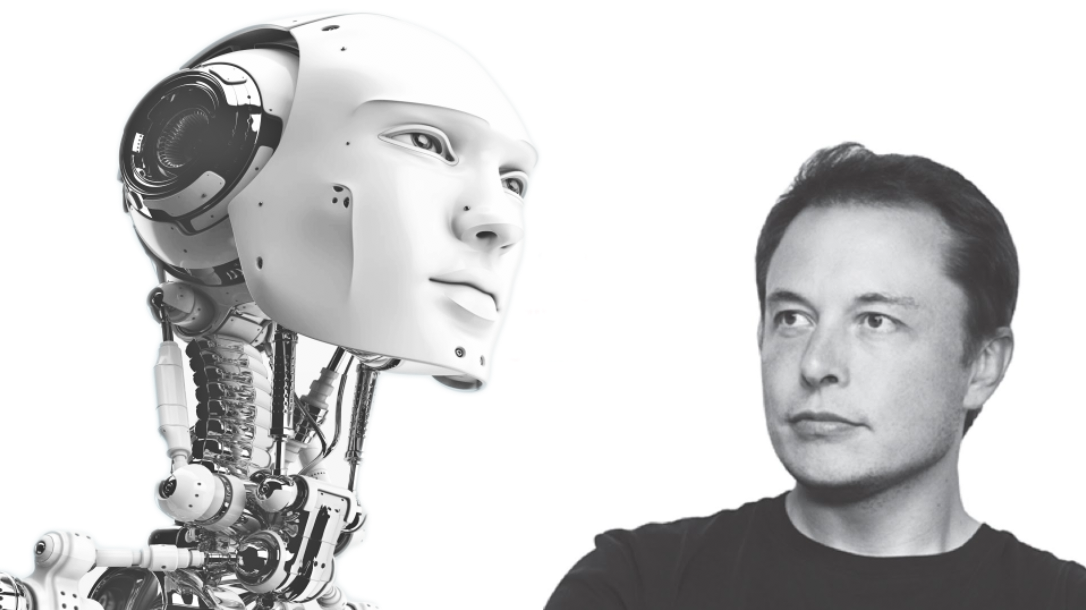Elon Musk wants to turn humans into cyborgs
Mar 29, 2017

Elon Musk is back at it again. As promised, his ideas are getting grander and his companies even more preposterous.
This time, he wants to implant AI into our heads with a company called Neuralink.
If you can’t beat ‘em, join ‘em
This is a mantra Musk adheres to when it comes to Artificial Intelligence. At the current rate of AI advancement, there’s no doubt in his mind that we’ll end up as house cats to the smarter, more productive AI.
So, naturally, the only logical solution is to become the AI.
While becoming a cyborg isn’t necessarily the most plausible solution, it’s coming from a guy who’s sinking millions of dollars into digging tunnels. Clearly, he has an unorthodox thought process —but it’s worked well up to this point.
In Confluence with Consciousness
While the company is in its early stages, the idea is to utilize devices that can be implanted in the brain, allowing software to be uploaded and functional in confluence with consciousness, kind of like in the Matrix.
Also known as the neural lace, this brain-computer interface would act as a third layer in the brain: limbic system, cortex, and then a digital layer. This AI layer would act as the port of all external intelligence.
Imagine uploading the entire iMDB database to your brain and going head to head with Quentin Tarantino on movie trivia, or using your mind to instantly type out all of your emails and messages.
Since electrode arrays are already in medical use, the neural lace will most likely start by treating neurological diseases, such as Parkinson’s and depression. Once their worth is proven to the FDA, it’s all about merging humanity with technology.
Currently, the real limiting factor (besides getting test subjects) is the bandwidth—how fast the AI could communicate with our neurons. The human brain is one of the most mysterious and expedient things in nature, so researchers have a long road ahead of them in figuring out how to get our current technology up to speed.
But, Neuralink isn’t alone
Another startup, Kernel, is focused on building these advanced neural interfaces to treat disease and dysfunction, illuminate the mechanisms of intelligence, and extend cognition.
Researchers at Harvard and Palo Alto Research Center are also working extensively on the hardware involved in brain-machine interfaces. Lately, they’ve created microcoils which precisely stimulate affected areas of the brain to overcome blindness and deafness.
There’s a lot of work to be done before we even see the first trials of the neural lace, but with the creative and ambitious minds at work, it’s probably safe to start thinking about what cognitive superpower you’d like to have.
Stay on the cutting edge of medical innovation
Healthcare innovation is happening faster than ever before. Subscribe for updates to hear first about the most interesting developments at the intersection of technology and healthcare.
